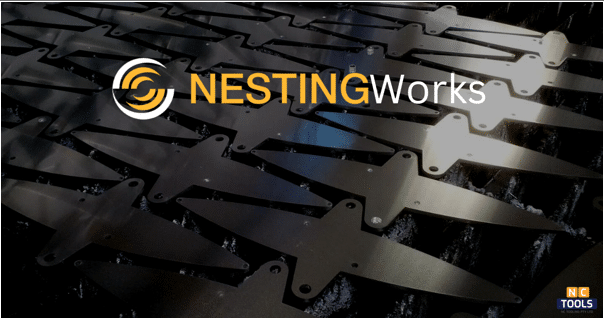- June 9, 2023
- Posted by: admin
- Category: General

When manufacturing processes such as laser cutting, waterjet cutting, and CNC Routers are used, nesting optimizes the layout of parts on a sheet of material to minimize waste and maximize efficiency. The nesting feature is built into Solidworks, a popular 3D computer-aided design (CAD) program. Here we will discuss the benefits of nesting within Solidworks.
Increased efficiency is one of the main benefits of nesting in Solidworks. By nesting within Solidworks, you can save time and reduce errors in the design process. Consequently, designers and manufacturers can work more efficiently without switching between different software programs or manually creating layouts.
The accuracy of nesting within Solidworks is another benefit. Using nesting, parts are arranged efficiently, which minimizes waste and maximizes material utilization. Manufacturing companies can produce more parts with the same amount of material, which reduces costs and increases profitability.
Solidworks nesting provides better visualization as well. Nesting parts in Solidworks allows manufacturers to see how they fit together and visualize how the finished product will look. In this way, possible issues can be identified before production begins, increasing quality control and reducing errors.
Besides being highly customizable, Solidworks’ nesting feature is also useful. Based on their specific needs, users can choose from rectangular, circular, or freeform nesting strategies. The nesting layout can also be optimized by adjusting the spacing between parts and the number of parts per sheet.
Lastly, nesting within Solidworks can reduce waste and promote sustainability. Optimizing the layout of parts on a sheet of material can reduce scrap and leftover material, reducing waste and minimizing environmental impact.
Nesting inside Solidworks offers several benefits, including increased efficiency, accuracy, visualization, customizability, and sustainability. Optimizing the layout of parts on a sheet of material reduces waste, saves time, and improves the quality of a product.
